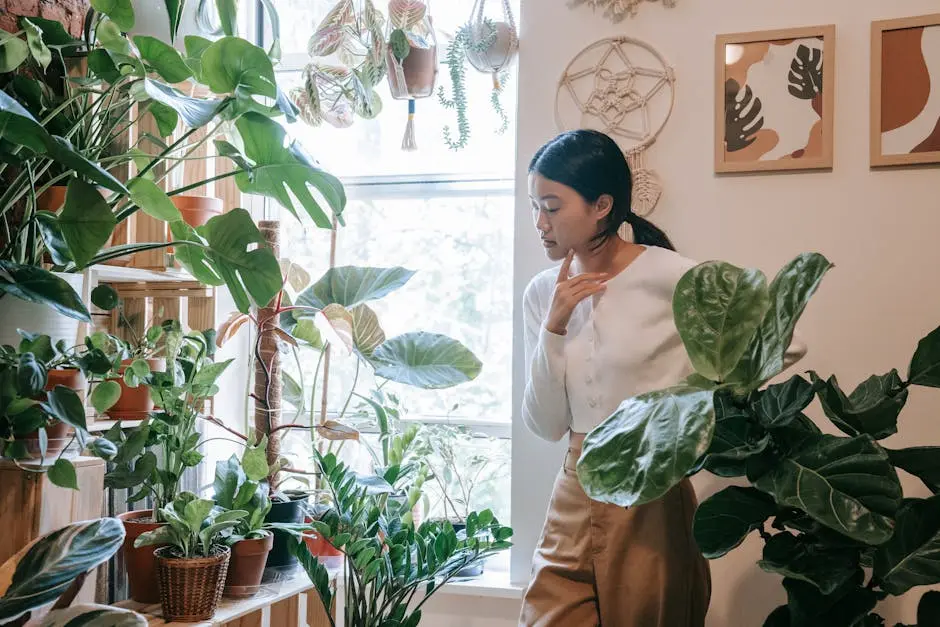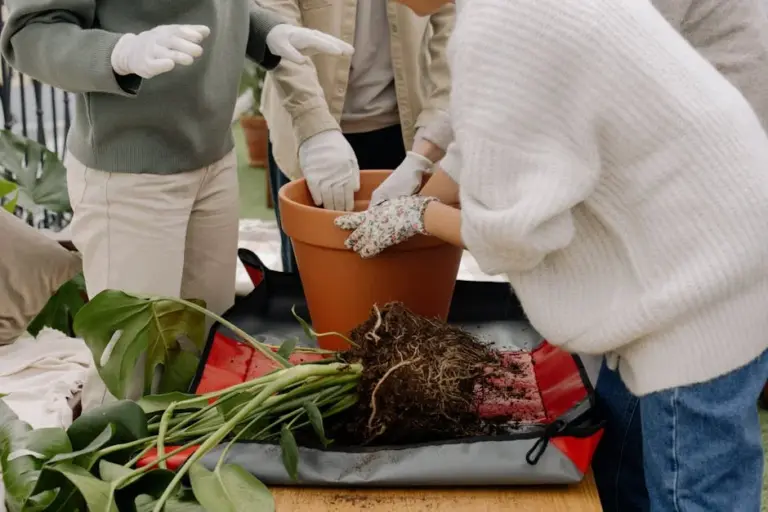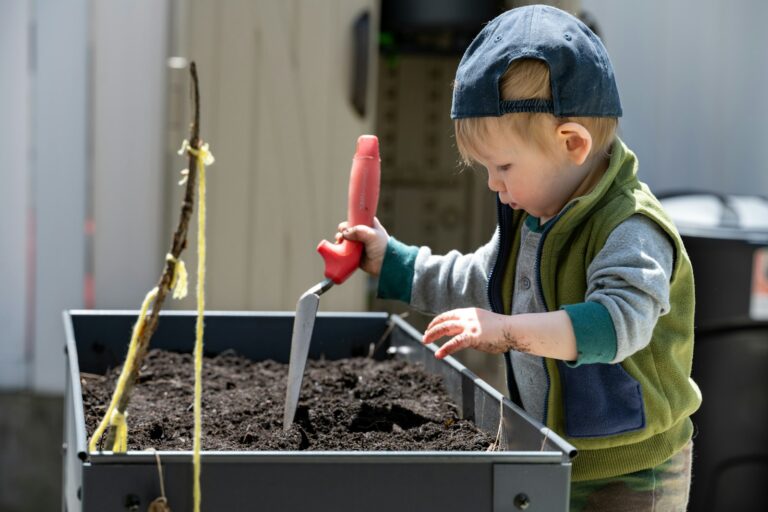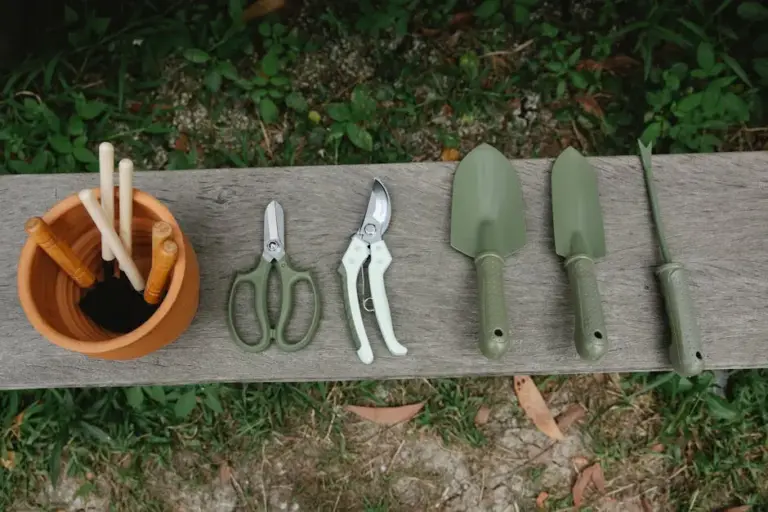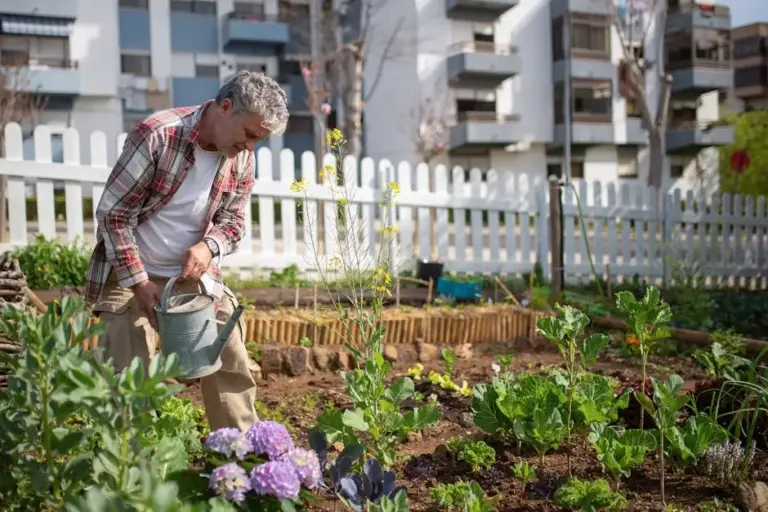How to Choose the Perfect Plants for Your First Garden Easily and with Confidence
Choosing plants for your first garden can feel overwhelming, but it doesn’t have to be. The key is to pick plants that match the conditions of your space, like the amount of sunlight, soil type, and climate where you live. This simple step helps ensure your garden thrives and saves you time and frustration.
You’ll also want to think about how much space you have and how much care the plants need. Some plants are perfect if you want something low-maintenance, while others might need a bit more attention but offer unique rewards. Understanding these basics helps you create a garden you’ll enjoy without feeling overwhelmed.
By focusing on what grows best where you live and what fits your lifestyle, you set yourself up for gardening success. This approach takes the guesswork out of choosing plants and makes your first gardening experience much more enjoyable. For more detailed tips, you can explore guides on choosing the right plants for your garden.
Understanding Your Garden Space
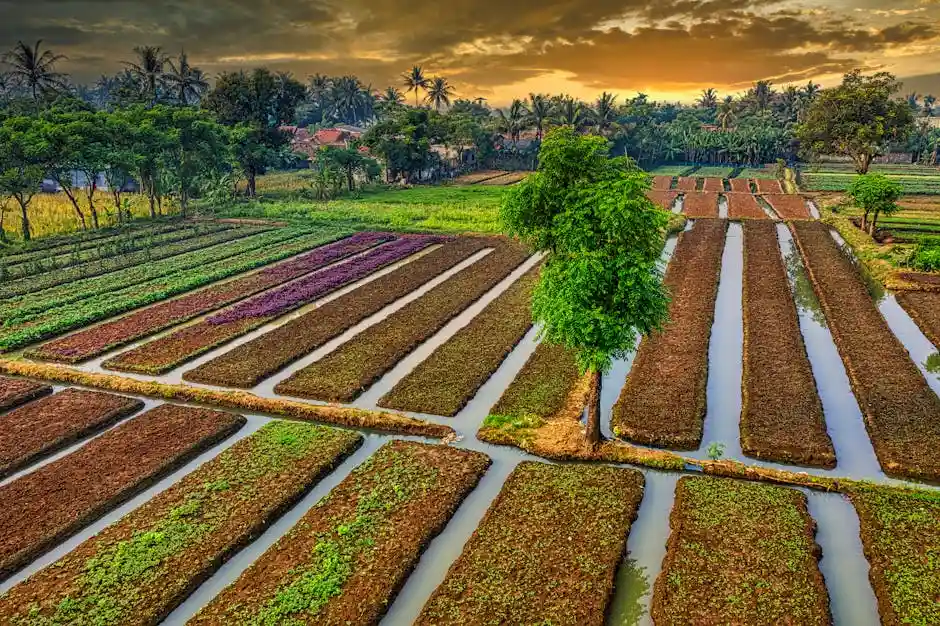
Knowing the conditions of your garden helps you pick plants that will thrive and save you time and effort. You need to look at how much sunlight your garden gets, what kind of soil you have, and the climate zone you’re in.
Assessing Sunlight and Shade
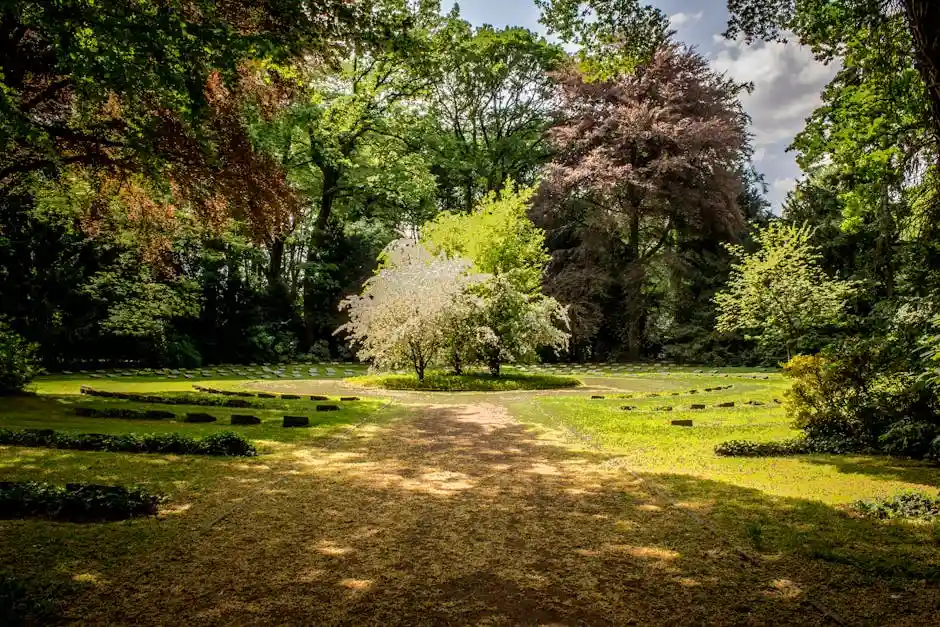
Sunlight exposure is one of the most important factors for plant growth. Start by observing your garden at different times of the day. Track how many hours of direct sunlight each area receives, full sun means at least 6 hours daily, partial sun or shade is about 3 to 6 hours, and full shade is less than 3 hours.
Some plants need strong, direct light to bloom, like tomatoes and lavender. Others, like ferns or hostas, prefer shaded spots. Mapping out sun and shaded areas helps you decide the right plants for each spot. You can mark your garden layout with symbols or colors for full sun, partial shade, and full shade.
Evaluating Soil Type

Soil quality affects how well plants absorb water and nutrients. You can test soil by feeling it or doing a simple drainage test. Clay soil feels dense and sticky when wet and drains slowly. Sandy soil feels gritty and drains very fast. Loam soil is the ideal mix, crumbly, and holds moisture without becoming soggy.
You might want to do a pH test to see if your soil is acidic, neutral, or alkaline. Most garden plants like a pH between 6 and 7.5. If your soil isn’t ideal, you can amend it with compost, peat moss, or lime, depending on what’s needed.
Considering Climate and Hardiness Zone

Your USDA Plant Hardiness Zone tells you which plants can survive your winters and hot summers. Find your zone by entering your zip code into an online map or guide.
Plants rated for your zone will survive cold snaps, while others may struggle or die. You also want to consider humidity and summer heat. Some plants like cool, moist conditions, while others need dry, hot climates to thrive. Choosing plants suited for your climate cuts down on maintenance and helps ensure healthy growth.
Setting Your Garden Goals
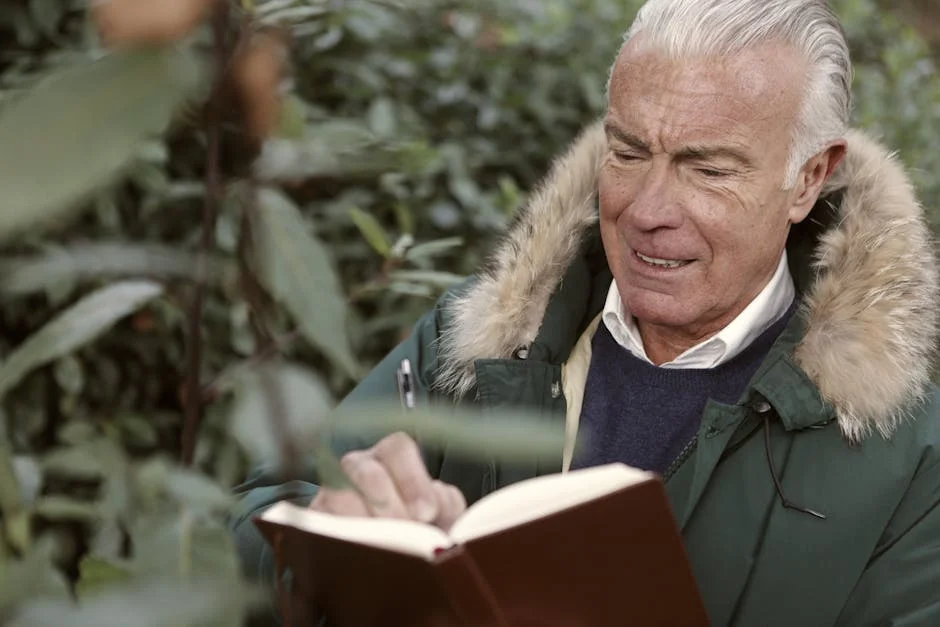
Before picking plants, you’ll want to clarify what you want your garden to look like and what it should do for you. This helps ensure you choose plants that match your space, style, and needs.
Deciding on Garden Style
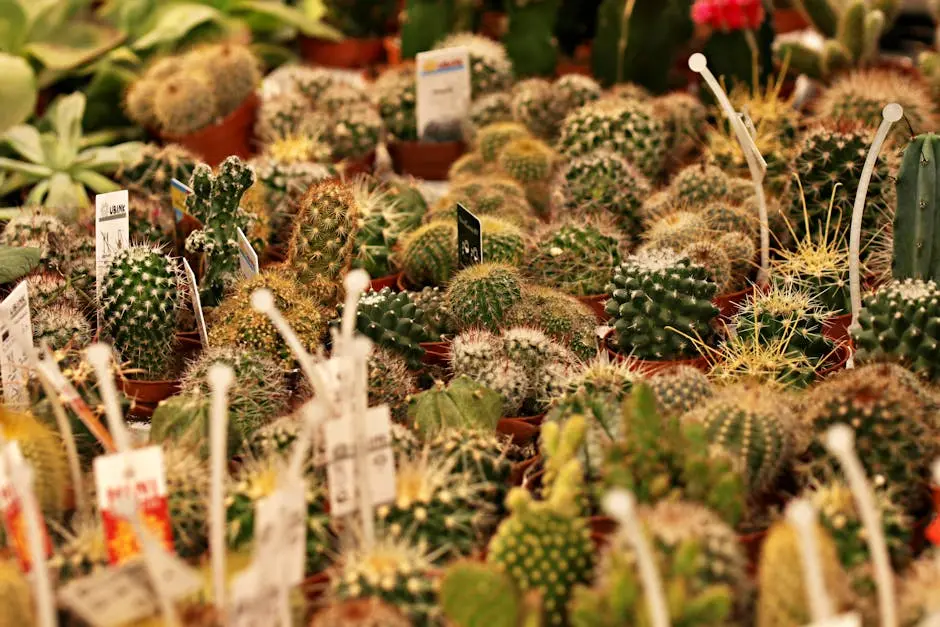
Think about the overall feel you want. Are you aiming for a tidy vegetable patch, a wildflower meadow, or a calming ornamental space? Your style affects plant choices and layout.
Make a list of garden styles you like, then narrow down based on your available space and time for upkeep. For example, a low-maintenance succulent garden is better if you don’t have much time for watering.
Sketch a simple plan or use an app to see how plants will fit together visually and spatially. This helps avoid crowding or mismatched themes. Don’t forget sunlight direction and soil type in your style decisions.
Determining Plant Functions
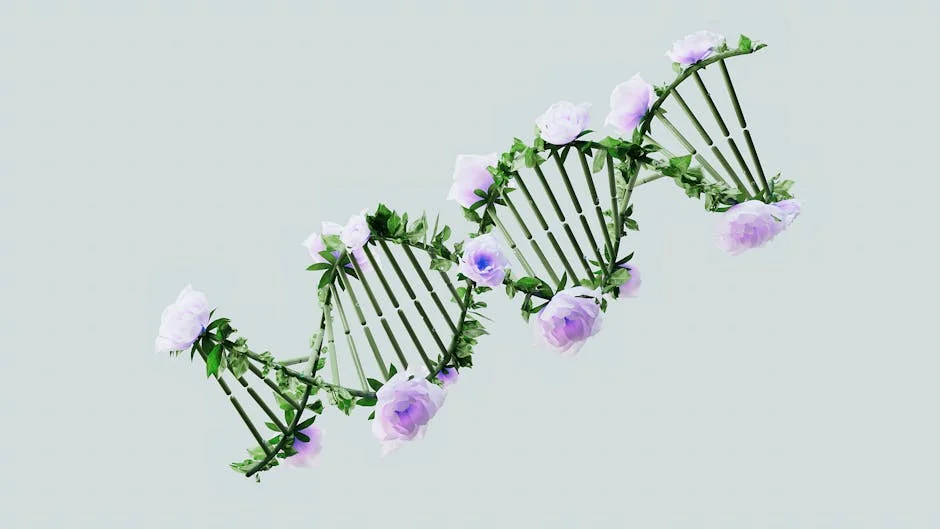
Decide what you want your plants to do. Do you want food, flowers, shade, or privacy? Sometimes plants can serve multiple functions, such as herbs that provide both scent and cooking use.
Make a shortlist based on function alone. For example:
- Vegetables for harvest
- Flowers for color and pollinators
- Shrubs for windbreak or privacy
Consider how much time you can spend on maintenance. Some functional plants need more care, like fruit trees versus ornamental grasses.
Use this list to prioritize which plants to include, matching your goals with what grows well in your local climate and soil. Knowing the purpose guides your choices and prevents overcrowding.
Selecting Plants for Beginners
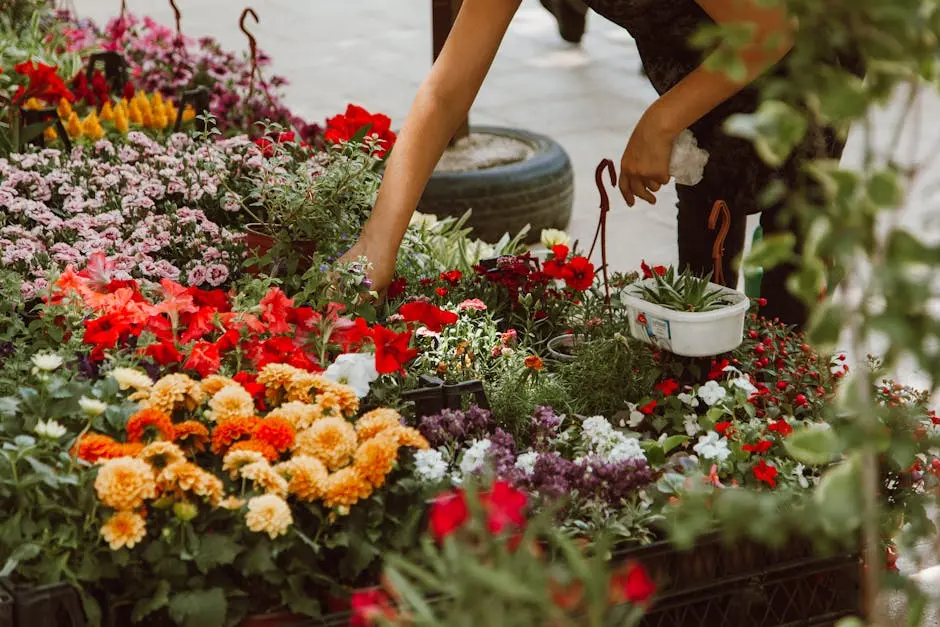
When starting your first garden, focus on plants that fit your local climate and require little extra care. Also, consider plants that show beauty throughout the year to keep your garden interesting in every season.
Choosing Low-Maintenance Varieties
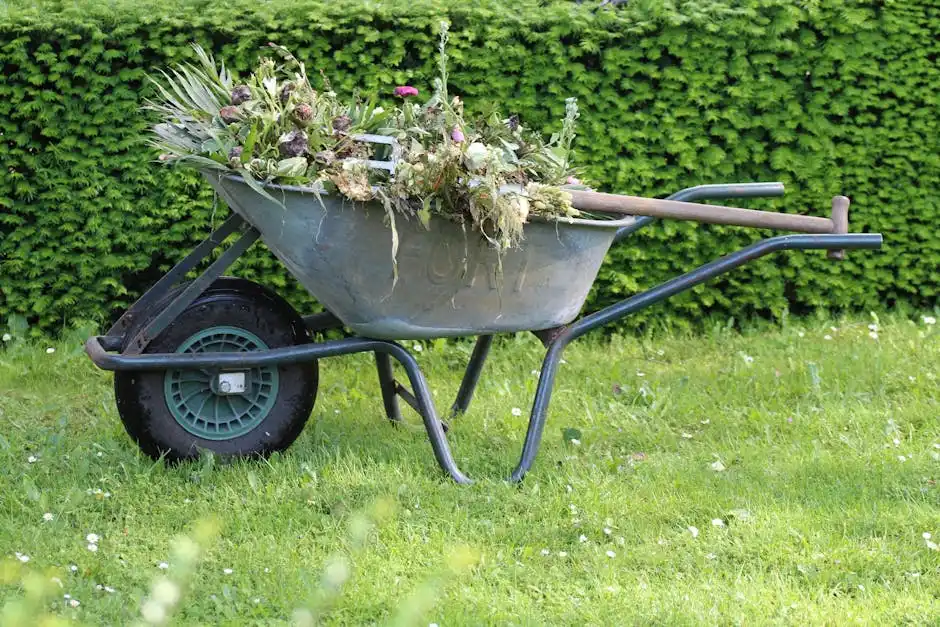
Pick plants that don’t demand frequent watering or special soil types. Perennials are a great choice because they come back year after year, saving you time and money on replanting. Native plants are often easy to grow because they’re adapted to your area’s conditions.
Look for plants labeled drought-tolerant or pest-resistant. These traits reduce the need for extra watering or chemicals. Group plants with similar water and sun needs to keep your care routine simple.
Picking Plants with Year-Round Interest
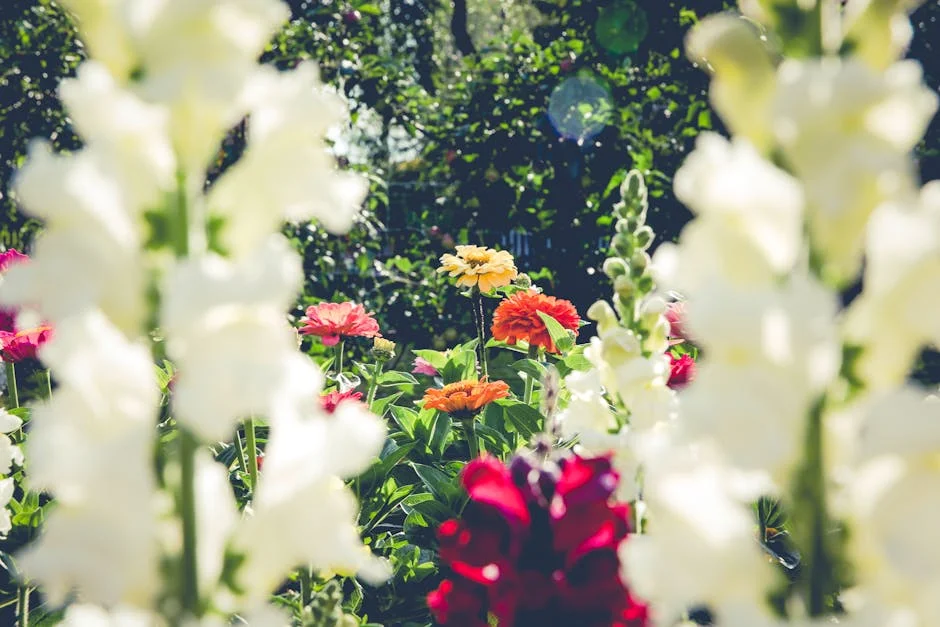
To enjoy your garden in every season, combine different types of plants. Evergreens provide greenery in winter. Flowering bulbs like tulips bloom in spring, while shrubs can add texture in summer and color in fall.
Try layering plants of different heights and textures. This mix keeps your garden dynamic even when flowers aren’t blooming. Consider plants with attractive bark, berries, or leaves that change color. This variety ensures something catches your eye year-round.
Matching Plants to Your Environment
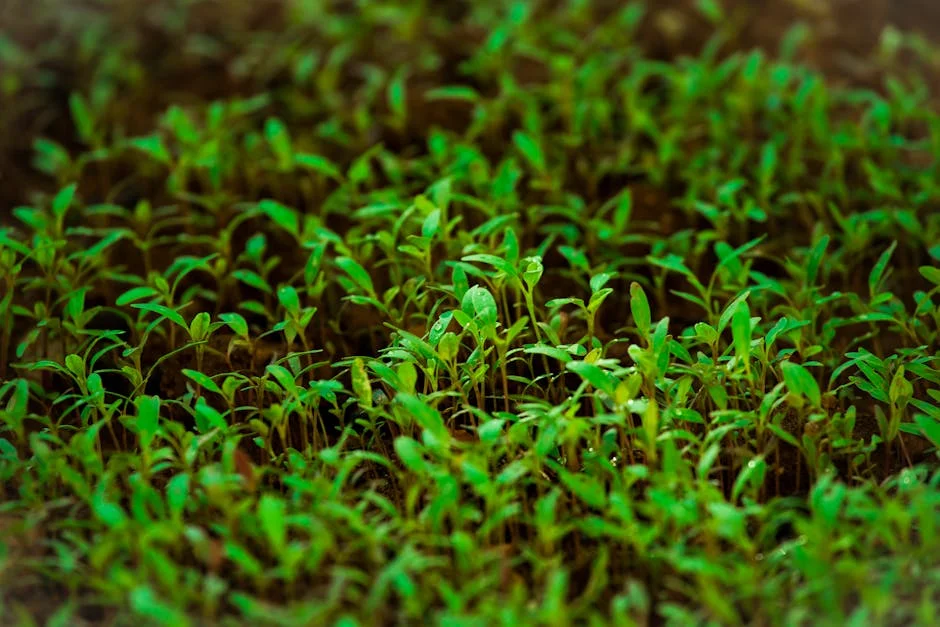
Choosing plants that thrive starts with understanding your garden’s natural conditions. Soil type, sunlight, and moisture levels strongly influence what will grow well. You’ll want to focus on plants that suit your location’s climate and water availability to reduce maintenance and improve success.
Native vs. Non-Native Plants
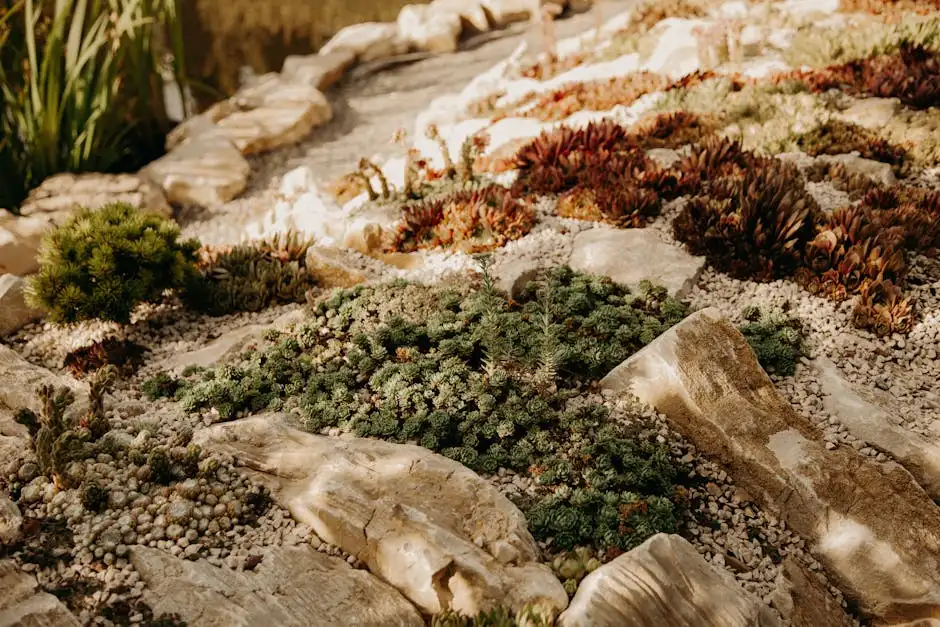
Native plants are adapted to your region’s soil, weather, and local wildlife. They generally require less water and fertilizer, making them easier to maintain. Plus, they support local pollinators and contribute to a balanced ecosystem.
Non-native plants can add unique colors and textures but may need more care. Some might struggle with your soil or climate. When choosing non-natives, research their water needs and ability to coexist with other plants. Look for options known to naturalize well without becoming invasive.
Drought-Tolerant Options
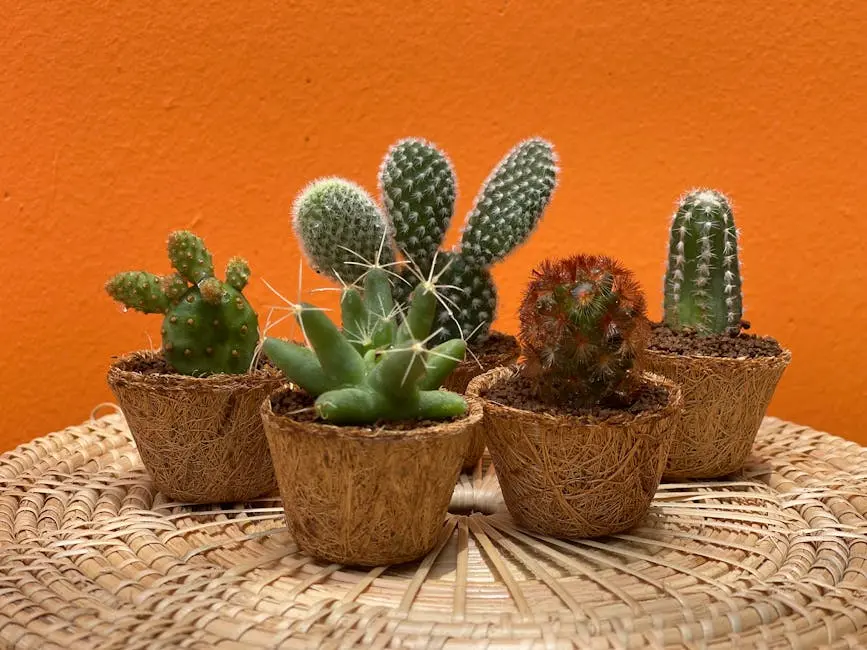
If your garden receives limited water or you want to conserve, drought-tolerant plants are ideal. These plants usually have deep roots, thick leaves, or waxy coatings that help them retain moisture.
Consider succulents, native grasses, and some Mediterranean plants like lavender or rosemary. Group drought-tolerant species together to water efficiently. This strategy also helps prevent overwatering your more water-loving plants. Always check for the soil’s water-holding capacity before planting drought-resistant varieties to match them properly.
Selecting for Shade or Sun
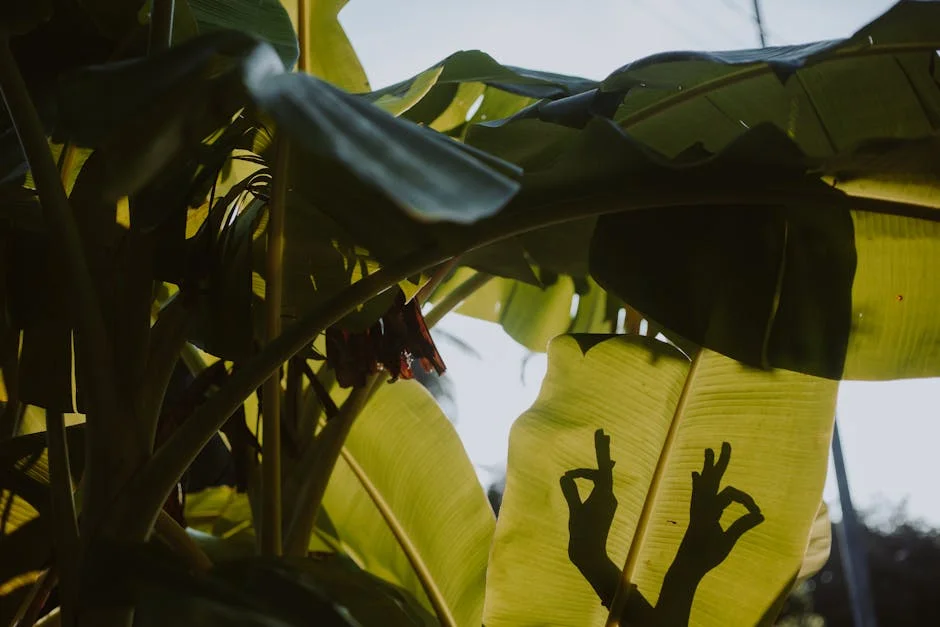
Identify how much sunlight your garden actually gets daily — whether full sun (6+ hours), partial sun/shade, or deep shade. Plants need the right light exposure for photosynthesis and growth.
For full sun, choose sun-loving plants like tomatoes, sunflowers, or lavender. They thrive in bright, direct light. In partial shade, look for plants that tolerate filtered light such as hostas or ferns. For full shade, choose plants that do well with minimal light, including some impatiens or certain mosses.
Properly matching your plant choices to light levels prevents weak growth and helps you avoid costly replacements.
Planning for Ongoing Care

To keep your garden thriving, you need to know how much water each plant requires and how they grow over time. These details help you avoid overwatering or overcrowding, which can harm your plants and waste resources.
Understanding Watering Needs
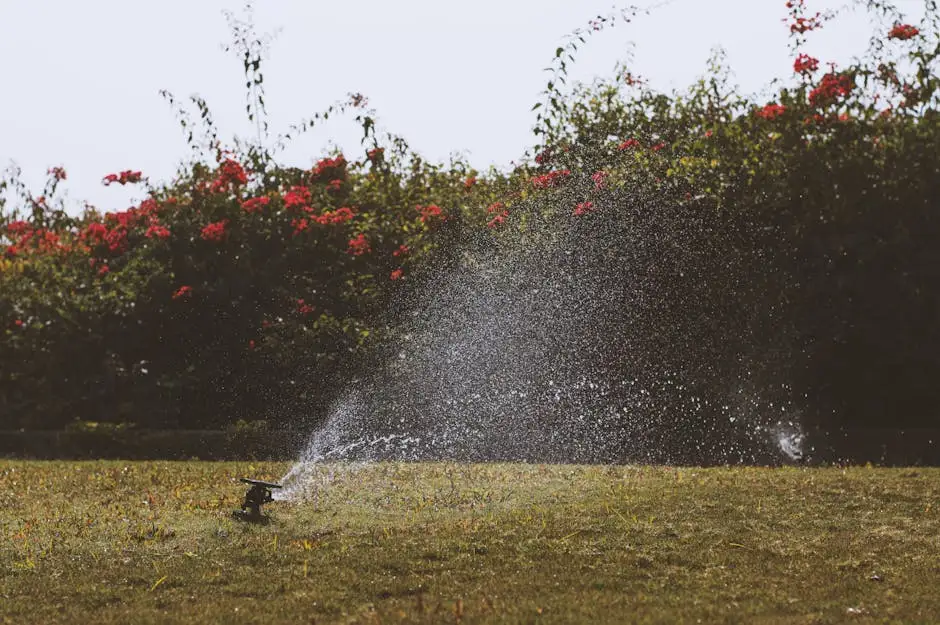
Each plant has different watering requirements based on its species and growing conditions. Some plants like succulents need very little water, while vegetables and flowers may need daily moisture, especially in hot climates.
Check plant labels or guides to learn their watering frequency. A good rule is to water deeply but less often, promoting strong root growth. Avoid shallow watering that only moistens the surface.
Use tools like a moisture meter or simply test by sticking your finger into the soil. If it feels dry 1-2 inches below the surface, it’s time to water. Mulching helps retain moisture, reducing how often you need to water.
Considering Growth Habits
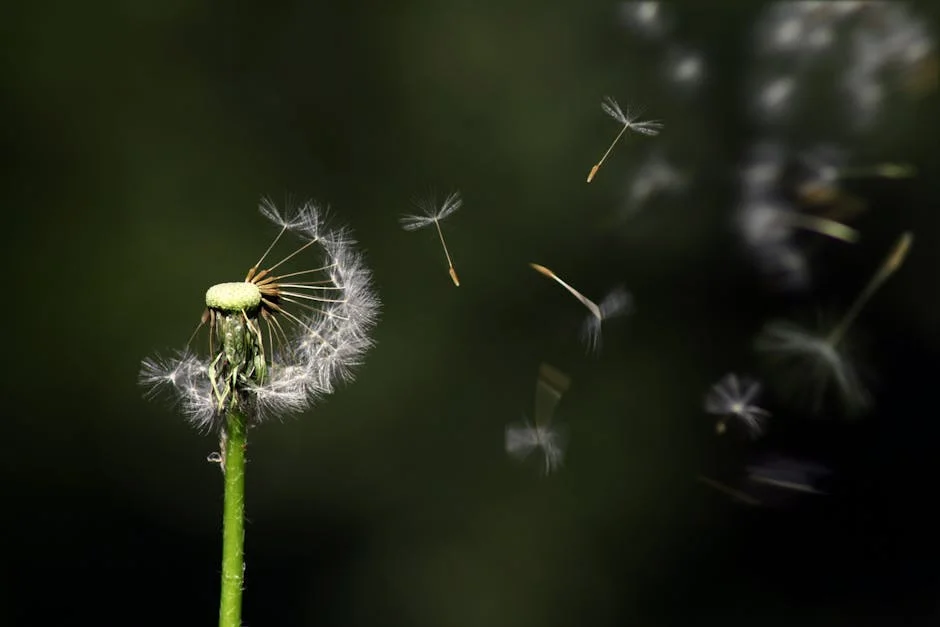
Plants grow in different shapes and sizes, which affects how much space they need. Some spread wide, like squash, while others grow tall and narrow, like beans. Knowing this helps you plan your garden layout to avoid overcrowding.
Look up mature height and spread before planting. Group plants with similar growth habits together for easier maintenance and harvesting. Support tall or vining plants with stakes or trellises to keep them healthy and upright.
Growth habit examples:
| Growth Type | Example Plant | Space Needed |
|---|---|---|
| Bushy | Tomato | 2-3 feet between plants |
| Trailing | Cucumbers | Vertical trellis space |
| Clumping | Lettuce | 6-12 inches apart |

